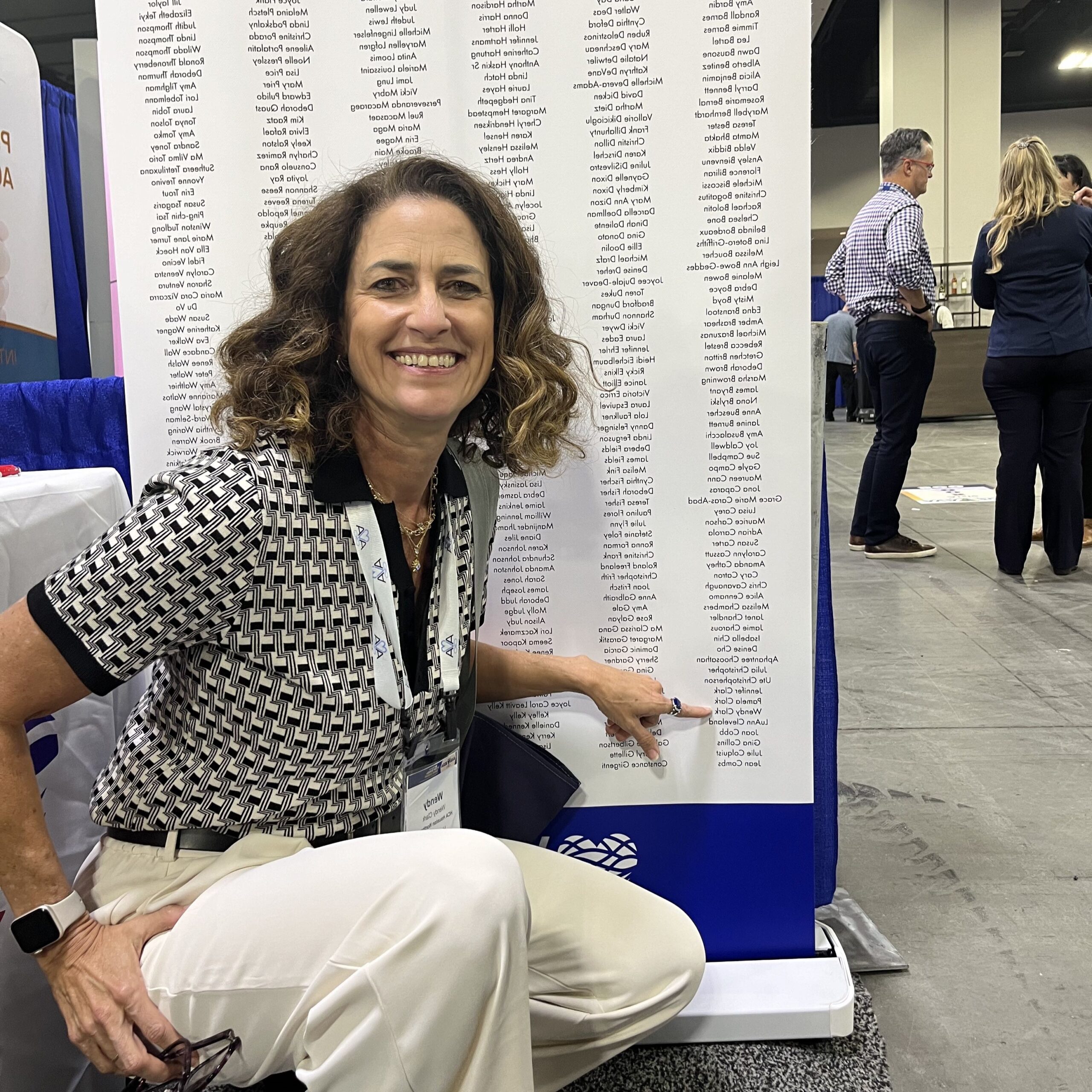
In the fall of 2020, Caryn Green, BSN, RN, CRNI, VA-BC™, encouraged three vascular access nurses to register for the December VA-BC™ exam. Green is the Vascular Access Manager at Madigan Army Medical Center, responsible for administering patient care, training new employees, and evaluating the level of care the team gives to patients. She has been certified since July 2019 and was confident her staff could pass the test to gain the same understanding and passion for vascular access that she found in her VA-BC™.
She was right – all three test takers passed the December exam and word spread within the vascular access team. Six more nurses requested to take the exam in the next testing window, June 2021.
The following spring, Green prepared to request funding from Madigan for eight exams in June. Eight was a stretch at the time, but she knew she could ask two team members to fill the slots. If not, the extra exams could roll over for up to two years through VACC’s voucher program.
Almost overnight, without any outreach from administration, dozens of qualified nurses wanted to take the exam in June.
“The excitement spread like wildfire,” Green said.
The members of Madigan’s vascular access program, she explained, share a drive for building on their current skills and seeing one another succeed. Twenty-nine clinicians – almost half of the clinicians in the program – asked to test in the end. Fingers crossed, Green asked for funding for all 29 exams.
Madigan approved.
“It shouldn’t be circumstantial or arbitrary whether someone can receive care from a nurse with advanced training in vascular access.”
Immediately, the candidates went to work. Green held study sessions every Thursday for two months until the first day of testing, June 1. On top of reviewing the references used to create the exam, exam candidates also heard from a few guest speakers. VA-BC™ nurses in the unit shared tips for preparing for the exam, and knowledgeable staff throughout Madigan, such as a neonatal PICC nurse, Respiratory Therapists, and a Clinical Nurse Specialist, shared their experiences with vascular access.
Some staff worried they would not have all the appropriate knowledge to pass the exam, Green said. For example, a nurse who mainly handles vascular access in adults may not know much about appropriate vascular access in neonates. Hearing from such a diverse group of specialists helped prepare these candidates for the exam, Green said, because they could better understand the process of vascular access from one area of care to the next, even if they did not work in that unit.
“You don’t have to be an expert in each of these areas. You don’t even have to be proficient at every task, but we have to have a competency and awareness of these different [areas],” she said.
Come June 1, she had the date of all 29 exam appointments marked on her calendar. Each night before a clinician’s exam, Green would text that person and wish them good luck.
“I would send them little cool GIFs that were like ‘you got this!’ just sending good energy to them while they were taking it.”
Twenty-seven clinicians out of 29 sat for the exam. Twenty-five test takers passed the exam, giving Madigan a passing rate of 93% within their institution this June.

Following these results, Madigan purchased an additional 30 exams for its staff, all of which the institution anticipates using for the December exam.
On top of paying for each candidate’s exam, Madigan also gave the staff members four paid hours to take the exam. Green said that the institution values the certification not just because it validates the clinicians’ skills but because it shows patients that they will be in qualified hands. Out of 60 staff members on the vascular access team, which is available for care 24/7, 29 clinicians are currently certified, including herself.
“We just want there to be a patient awareness that we got you,” she said. “I think sometimes our patients might expect that service to only be available Monday through Friday, 7 a.m. – 3 p.m. … It shouldn’t be circumstantial or arbitrary whether someone can receive care from a nurse with advanced training in vascular access.”
The VA-BC™ credential is especially affirming for Madigan’s active-duty clinicians. Green said that active-duty staff members typically serve on the team for about a year after training before they receive a new duty assignment. The established credential lets the clinician show their skills, wherever they go next.
“It’s something they can take with them that’s personal, that’s theirs, that validates them,” Green said.
Green added that because of the VA-BC™, the staff has expressed an interest in taking their own duties at Madigan a step further by analyzing the unit’s data to improve the patient experience. They are, she said, appreciating vascular access for more than “just poking the needle in the vein.”
“The VA-BC™ motivates them to gain the knowledge,” she said. “It’s energizing and creates an excitement for questioning and growing in a completely unique and interesting way.”
Editor’s note: This piece was originally published in the November 2021 VACC Newsletter.



